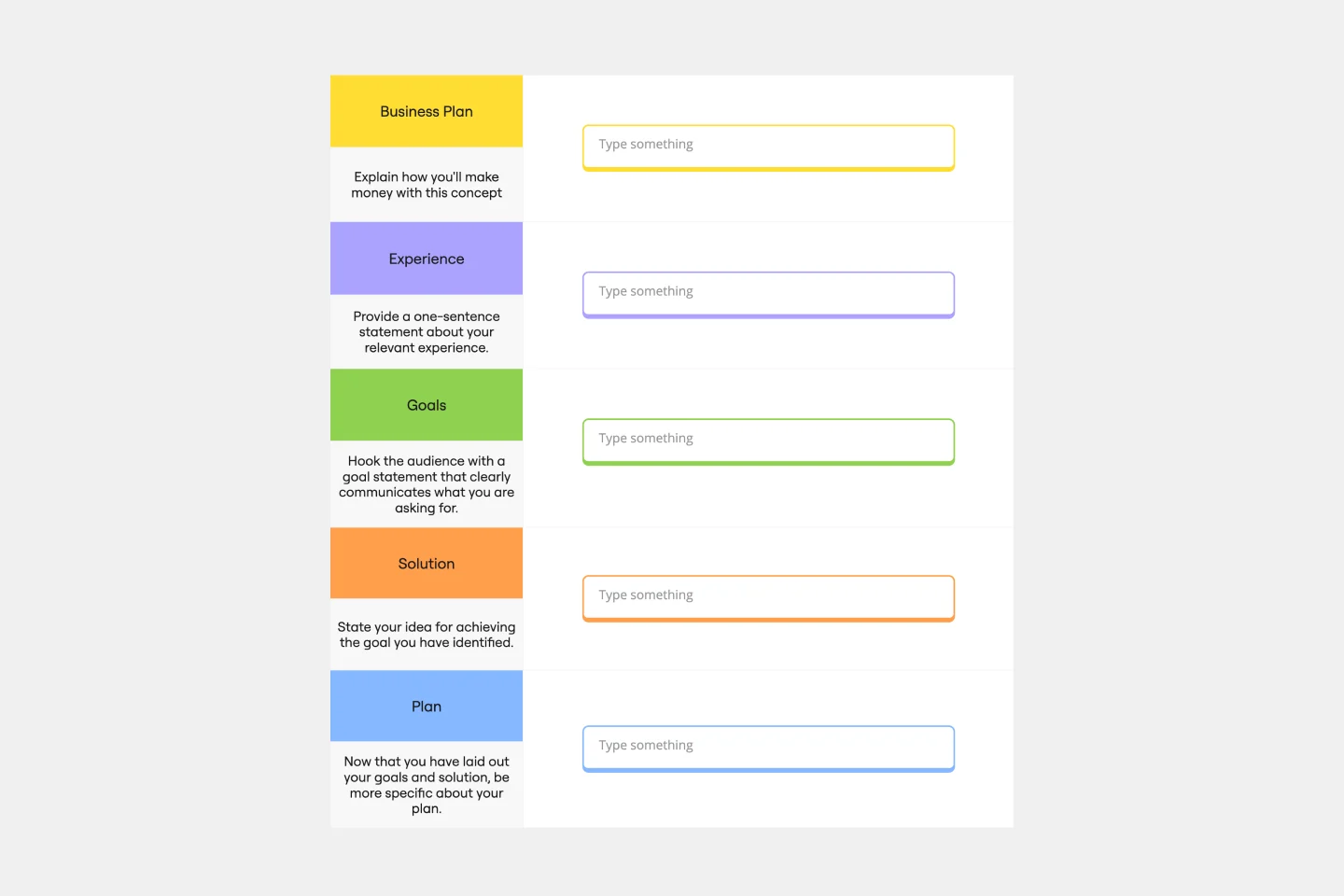Back to Strategy & planning
Business case templates
Our business case templates help you build strong, compelling arguments effortlessly. Whether you're planning projects, securing approvals, or evaluating investments, these templates provide a clear structure to outline benefits, risks, and potential outcomes, ensuring your case is well-supported and persuasive.
11 templates
Business Case Canvas
272 likes
1.9K uses

Outlining a Business Plan
283 likes
891 uses

Lean Business Case
46 likes
464 uses

Business Map
70 likes
225 uses

Business Compass
64 likes
221 uses

Business Plan Mind Map Template
4 likes
193 uses

IASA - Lean Business Case Card
23 likes
126 uses

Business Plan Template
5 likes
90 uses

Building a Business Strategy
19 likes
73 uses

Business Objective and Context
8 likes
34 uses

Business Pitch Template
2 likes
25 uses

Explore more
Action PlanBusiness PlanCalendarChange ManagementCompetitive AnalysisCost Benefit Analysis templatesDaily schedule templatesDecision MakingDecision MatrixGap AnalysisGoal Setting TemplatesMarket analysis templatesMarketing PlanMarketing StrategyOKR templatesWeekly PlannerPlanningPriority Matrix TemplatesProblem StatementProduct Roadmap Templates Product Strategy TemplatesProject CharterProject Plan Project Tracking Requirements GatheringResource PlanningRisk AssessmentRoadmapSmart GoalsSocial Media PlanningStakeholder MapTimelineTo Do List Vertical TimelinesWhiteboard
